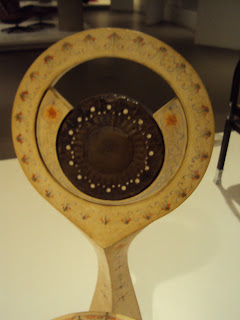"exploded" view :
In this sketch, I tried to explain how the chair is constructed and what materials are used to make the chair.
The Wiggle Chair – Frank O. Gehry
Frank O. Gehry, best known as architect of the Guggenheim Museum Bilbao in Spain, has been at the forefront of incorporating unusual materials in his architecture and design work. In the 1960s a trend for cheap and lightweight materials led to experiments with using cardboard in furniture design. Designer and architect Frank Gehry developed a cardboard material called 'edge board' that used multiple layers of corrugated cardboard glued together to make it strong enough to be practical. The Wiggle Chair is designed using this innovative material. The wiggle side chair was originally created as part of his easy edges cardboard furniture in 1969-73, a low cost alternative material for furniture. In using cardboard for furniture, Gehry demonstrate the remarkable strength of the material.
The Wiggle Chair is named for the fluid bend shape that supports the seat. The edges of the multiple cardboard sheets create interesting and unusual patterns, and give the surface of the chair an interesting texture. The flat sides of the chair are covered with hardboard. It is made of corrugated cardboard. Multiple sheets are glued together in alternate directions creating a material similar to plywood. Previous experiments using cardboard in furniture design had been abandoned because the material was not sufficiently durable. This design solution, an innovation of Frank Gehry's, allowed the creation of strong furniture and sculptural designs.
The Wiggle Chair was designed to be mass produced. Its cardboard construction is more inexpensive than other modern furniture materials, such as plastic. The chair was introduced in the 1970s it was instantly popular, but Frank Gehry discontinued production to concentrate on his architectural practice. It can still be bought today but it can be very expensive, despite the cheap materials!















































